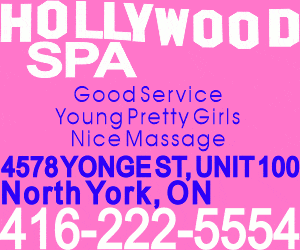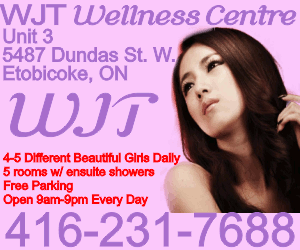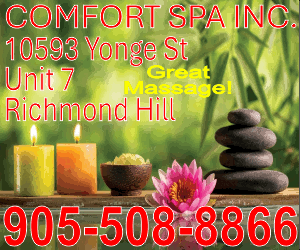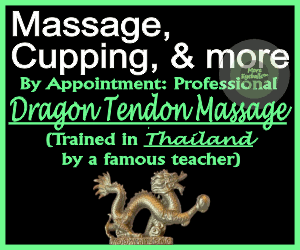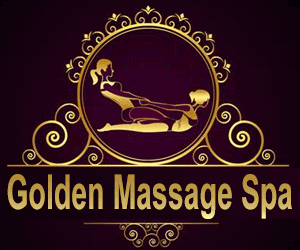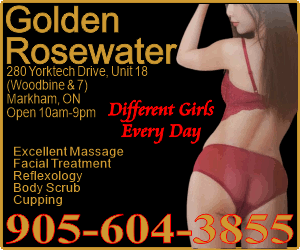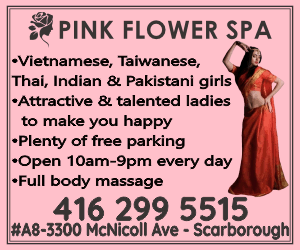


Let’s talk a little bit about self-care.
As massage therapists, we all know the reasons we should perform self-care; in fact, that’s why our clients come in for sessions — they want to take care of themselves.
As therapists, we also have to take care of our bodies. Especially as therapists. Each day we put stress on our muscles and joints while caring for our clients. That makes self-care an important part of professional upkeep.
Luckily, there are so many things we can do to make our bodies feel better and stay that way. But I want you to understand why we get hurt in the first place.
The greater your understanding of why therapists are at risk for injury, the more proficient you’ll be at taking care of yourself and taking care of your clients. The information here will also help you explain to your clients what leads to injury and how to proactively prevent it.
Why Do We Get Hurt?
The two most important words relating to injury in therapists are capacity and load. Let’s define them.
Capacity is the work you’re able to do; how much activity you can perform without pain. Examples of capacity include: “I can perform eight massage therapy sessions without any cramping or throbbing.” “I can run five miles without my muscles aching.” “I can play with my kids for two hours without feeling twinges in my knees and shoulders.”
Think of capacity as an empty glass. It’s waiting to be filled up until it reaches its limit.
Load is the work you do. Examples of load include: “I performed five massage therapy sessions, ran three miles and then played with my kids for one hour.”
Load is the “water” that fills up your empty glass. One thing you need to remember, since we all live on planet earth, is that there will always be some sort of load on your body due to gravity. You can’t entirely escape loading your body, although you can minimize it.
Symptoms of a Load-Capacity Imbalance
What does it mean when your body begins to show symptoms of being overworked? And by symptoms I’m referring to aches and pains, weakness, burning, throbbing, tingling, numbness, stiffness and any other signs that something isn’t right.
Symptoms are the body’s way of letting you know when load has exceeded capacity. When you experience symptoms, that means a specific body part is being damaged and is trying to protect itself by telling you that there’s a problem.
To go back to our empty glass analogy, symptoms mean that the water in your glass is overflowing. Pain is the signal letting you know you are living a lifestyle that is currently more demanding than your body will allow. Injury sets in and symptoms begin to pop up.
What if you have no symptoms? This means that the load on your body is less than your capacity. The load fits comfortably inside your glass. You are living a lifestyle that your body can adequately handle. The key to staying symptom-free is watching for any warning signs that your body is being overworked. Don’t ignore, say, the slight soreness in your limbs or tenderness in your back.
My 3 Top Tips for Self-Care
What are some things massage therapists can do to minimize the load on their bodies? Here’s what’s most important.
1. Manage your massage session load. One of the most impactful things I have done in my practice is to cap the number of sessions I perform per day. When I first started my business and began to create some momentum, I never turned a therapy session down. I made sure to fit everyone in.
On one of the busiest days I ever had, I performed 13 straight hours of massage therapy! And, wow, did I feel it. After that exhausting day, I decided to never pull one of them again because of how long it took me to recover. I knew working that way was not going to be sustainable, and I knew that over time the load on my body would eventually exceed my body’s capacity to perform sessions pain-free.
Deciding to limit the number of sessions I performed was one of the best things I ever did for my body. Not only has it allowed me to feel better the day after work, but it has also allowed me to stay mentally fresh during the sessions I do book.
Too many back-to-back clients had left me feeling as though I was just running through the motions. Now, with a more reasonable schedule, I’m more alert and more attuned to my clients’ needs. I recommend finding the number of sessions per day that you can comfortably handle as well as figuring out how many days a week are realistic given what’s best for your body and mind.
2. Improve biomechanics. We all know how biomechanics play a role in the way our body feels during our sessions. If your biomechanics — the way the different parts of your body move together — are off, it disrupts the balance that allows you to effectively do the work you’re asking your body to do. With bad biomechanics, the load may end up falling disproportionately on one area of your body.
And that can be a recipe for injury.
Think, for instance, about what happens when someone has a knee problem so they ease up on the knee — only to start feeling pain in their hips where the load has now shifted. Too much work by one part of the body causes imbalance that leads to overuse and, ultimately, to pain.
Simple changes can make a huge difference in the load on specific body parts. Try lunging as you massage to let your legs take the pressure off of your lower back. Make sure your wrists are not too bent when compressing your client’s muscles to avoid strain. Be certain to sparingly use your thumbs, relying on other body parts like your knuckles and elbows to apply pressure.
3. Improve your strength and stability. Improving your strength and stability is one way to help increase your capacity. This doesn’t require any special training; just adopting a basic strength program can help build up your muscles’ ability to handle the stress and strain of the very physical work you do.
But remember, strength training increases the load on your body as well. So be mindful of how much load you add during your workouts. You want enough to strengthen your body, but not so much that you can’t recover quickly or begin to feel pain. Do it the right way, though, and you’ll increase your career longevity and personal well-being.


Joe Yoon demonstrates proper body mechanics.
A Chance to Heal
If you’re in pain, stop pouring water into your glass. Your load is exceeding your capacity. Give your body a chance to heal. Continuing to pour water into your glass will only damage your body more and make it that much harder to recover.
Hopefully, you’re not in pain now, which gives you the perfect opportunity to institute preventive measures so that your load and your capacity stay in equilibrium. That will make you a healthier, happier and more productive massage therapist.


Joe Yoon is a massage therapist, personal trainer and founder of Joe Therapy, a company that provides massage therapy at his clinic in Orlando, Florida, and through which he teaches stretching and self-massage techniques online. He also wrote, Better Stretching: 9 Minutes a Day to Greater Flexibility, Less Pain and Enhanced Performance, which will be released in early 2020. Joe is also a MASSAGE Magazine All-Star, one of a group of innovative therapists and teachers who are educating the magazine’s community of massage therapists in our print magazine, on our social media channels and on our website. Learn more about our All Stars here.
Related Posts
Comments
comments














































